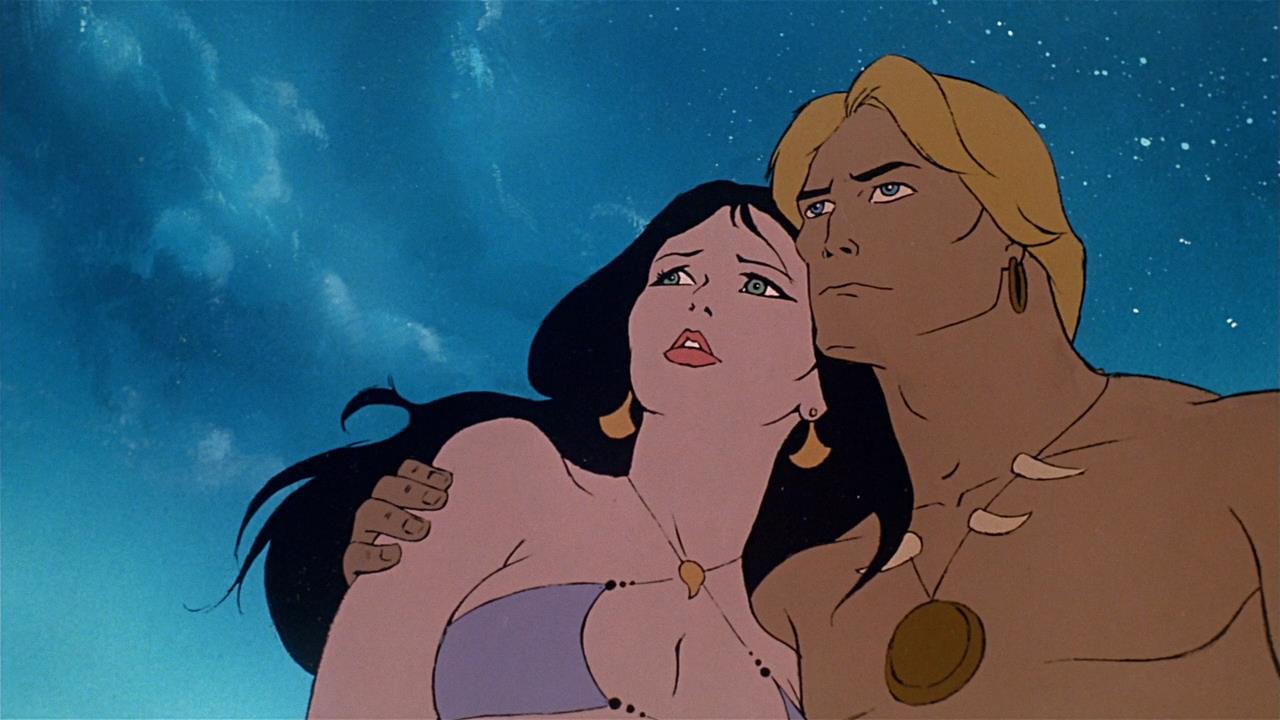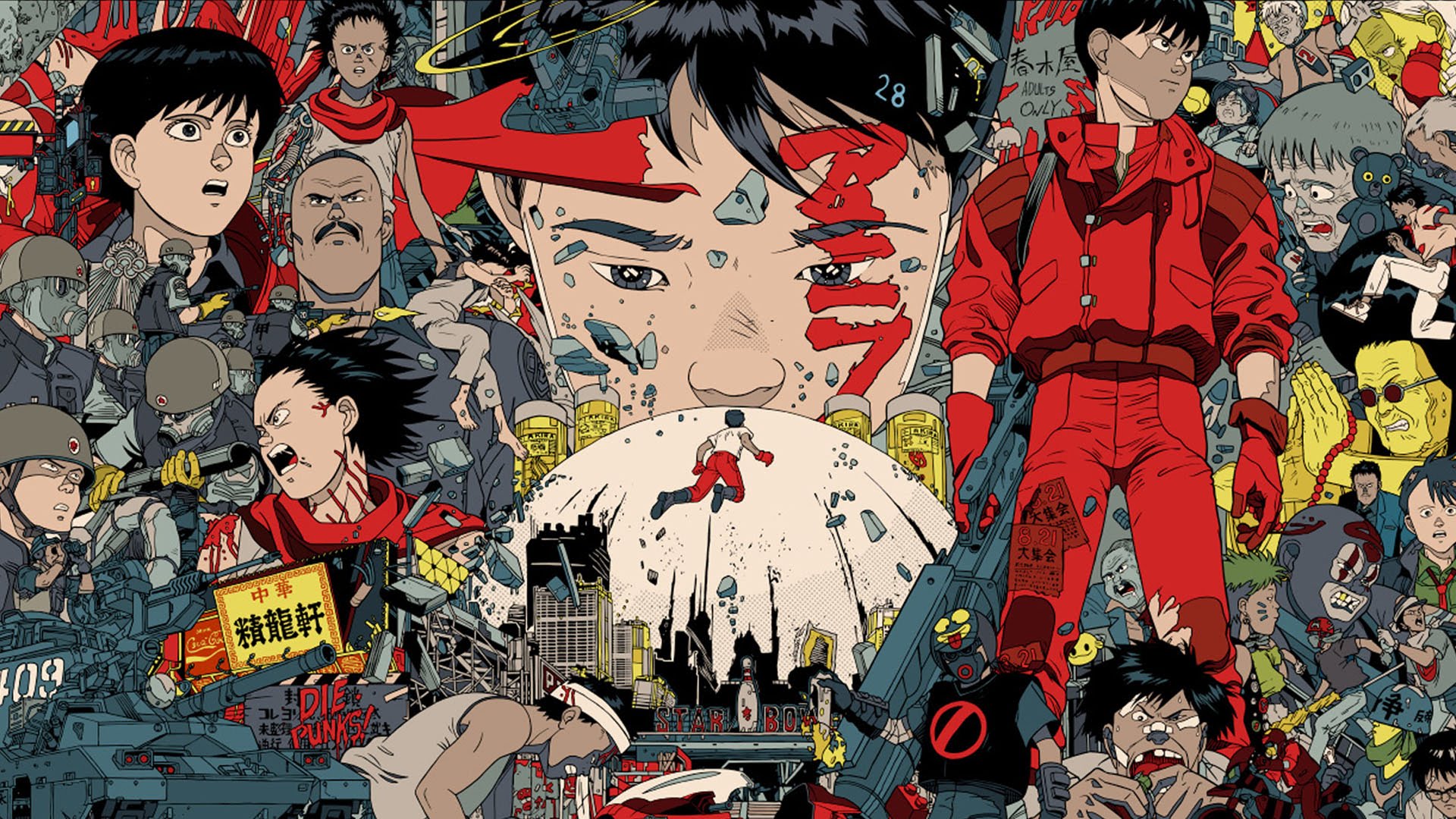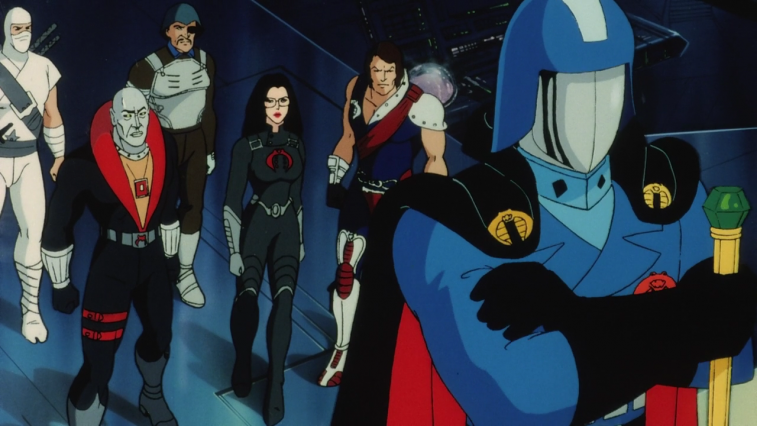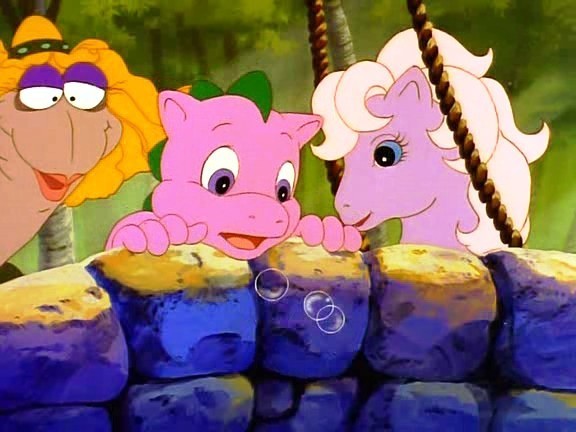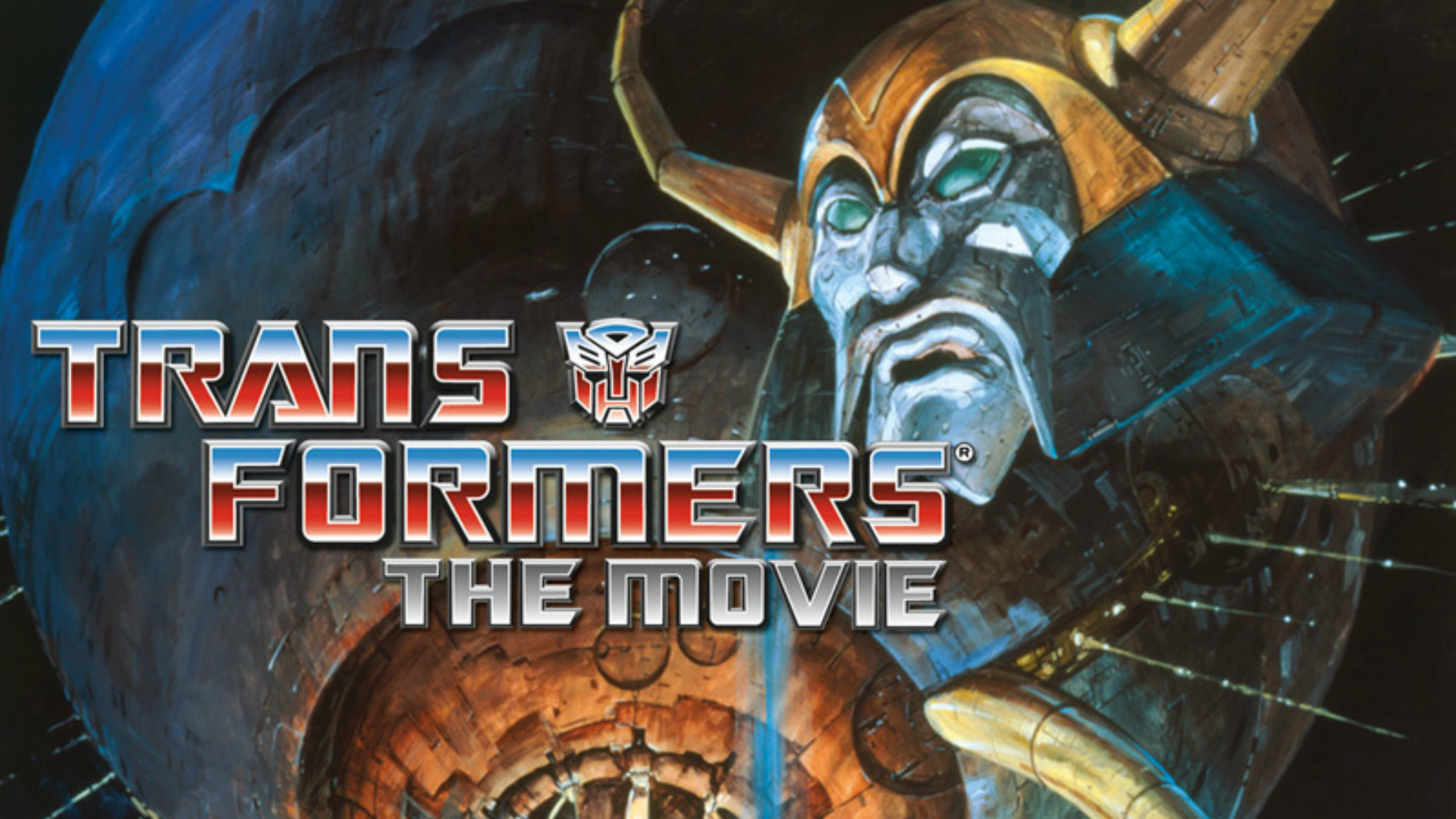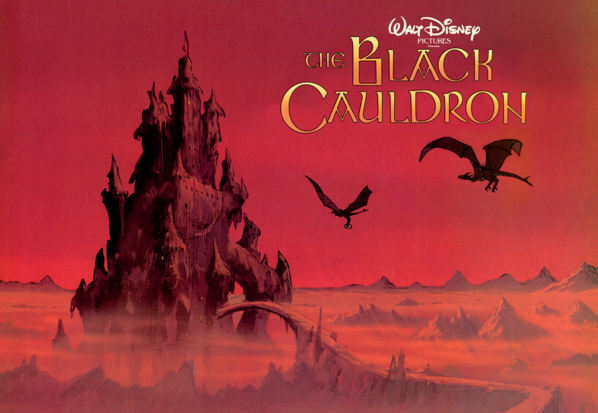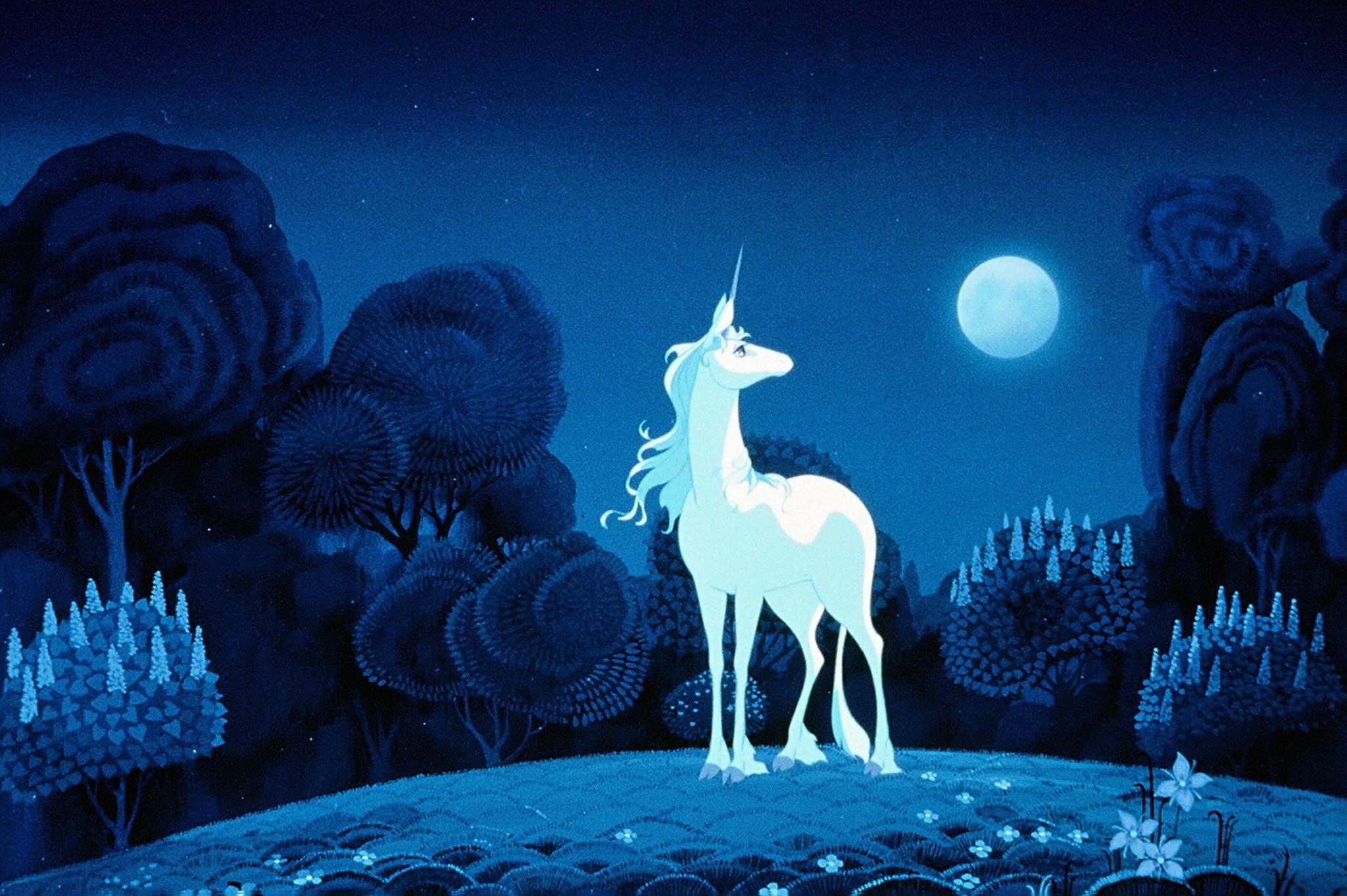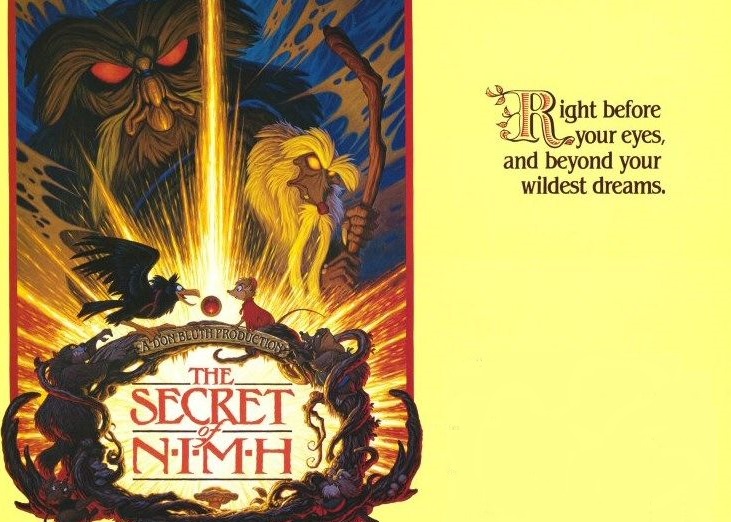Fire and Ice (1983) | Ralph Bakshi
Podcast: Play in new window | Download
Subscribe: Spotify | Amazon Music | Pandora | iHeartRadio | Podchaser | Podcast Index | Email | TuneIn | Deezer | Anghami | Youtube Music | RSS | More
This animated story involves a fantasy world imagined before the last ice age, featuring human civilizations and exotic dinosaurs coexisting. It is a time where the lands are divided among two factions, the evil Ice Peak sorcerer warlords, Queen Juliana and her wicked son Nekron, leading an army of ape-like subhumans, and the goodly Fire […]
